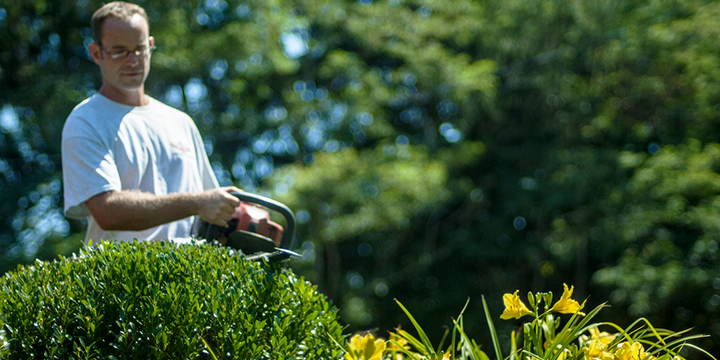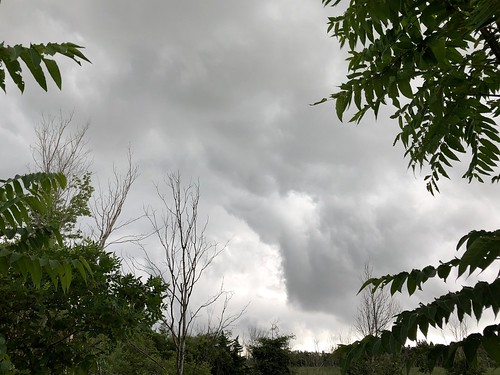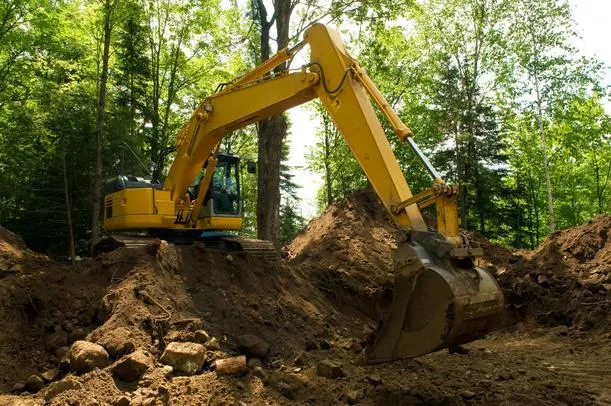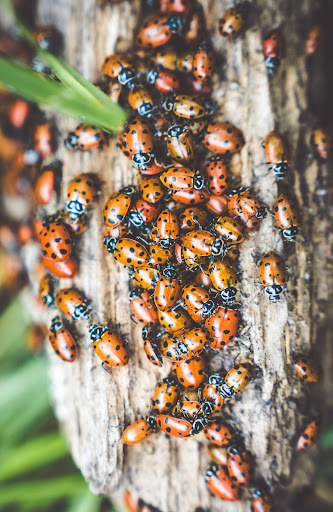
Date May 11, 2020
Category
Fertilizers are essential for all trees. Because trees are naturally susceptible to pests and diseases, they must be treated with fertilizer to achieve maximum growth. Without fertilizers, trees can get weak and eventually die.
Fertilization provides trees with sufficient vitamins and nutrients to thrive in their environment. In order to yield healthy trees on your property, understanding the basics of fertilization is essential.
This article will break down helpful information you can use before applying fertilizer to your trees. Continue reading below to learn more.
What is Fertilizer?
Fertilizer is a growth stimulant product that achieves optimal maturity in trees. Fertilizers are commonly made from macronutrients, such as potassium, nitrogen, and phosphorus.
Fertilization involves using growth stimulant products to achieve optimal maturity in trees. Fertilizers are commonly made from macronutrients, such as potassium, nitrogen, and phosphorus.
They are also composed of micronutrients, which include manganese, magnesium, and iron. All of these nutrients impact trees differently, and the type of tree species can change what type of fertilizer is appropriate.
Since every tree is different, you will need to consult with a Certified Arborist to correctly apply the right fertilizer to your trees.
Why are Fertilizers Important?
Fertilizers are used throughout the world for the purpose of cultivating plants and crops. In agriculture, fertilizers help grow enough food to satisfy the needs of the world’s population.
Besides agriculture, fertilizers can be used for all plants to increase their yield. For example, tree fertilizers provide enough nutrients to achieve optimal growth and withstand pests and fungi.
Fertilizing trees isn’t an optional task. Trees face several environmental issues that can reduce their growth and resistance, which include:
- Newly built homes can remove the top layer of organic black soil that is essential for tree growth.
- Leaves and grass clippings are commonly removed from areas to achieve tidiness, but this can strip nutrients from surrounding trees.
- Soil can be ruined by foot traffic, irrigation, and construction.
- The pH of organic soil can fluctuate in neighborhoods.
- Trees planted near buildings and roads can have their root growth limited.
- Trees face competition from shrubs, turfgrass, and other species.
- Drought stress and heat in urban microclimates can be problematic to trees. As you can see, trees can face tremendous stress in their environments. Here’s how fertilizers can mitigate these environmental conditions:
- Fertilizers provide key supplements, such as potassium, phosphorus, and nitrogen. These supplements are vital for metabolic activities and growth.
- Roots grow optimally in the soil where sufficient nitrogen is present.
- Fertilizers can speed the recovery of wounded, pruned trees. Essentially, the efficacy of fertilization relies on the person doing the work. With that said, here are some tips to help you navigate the fertilization process.
Core Fertilization Tips
It’s commonly believed that the best time to fertilize trees is during the spring. Spring marks a huge growing season for trees. During the fall, trees will only absorb some nutrients before going dormant in the winter season.
To get started, here are some core fertilization tips you can use to help your trees grow at a desirable rate.
- Gather all of your necessary tools, such as a shovel, tape measure, scale, garden hose, calculator, and your choice of fertilizer.
- Make sure you choose the right fertilizer. You will need to identify the type of tree you have to make sure you are using the appropriate fertilizer.
- Strive to fertilize your trees during the spring. This is when they achieve the most growth.
- Calculate the root zone size. Fertilizers have to be inserted directly into the roots. This is the only way the fertilizer doesn’t get washed away. Use a tape measure to collect measurements of the root’s radius and distance to the trunk.
Why You Should Hire a Certified Arborist
Arborists, otherwise known as tree surgeons, specialize in tree-related services that include fertilization. It is possible to fertilize your trees on your own. However, this carries enormous risks if you aren’t familiar with the correct procedures and the species of your trees.
To ensure that your trees are properly fertilized, it’s essential to hire a Certified Arborist. These individuals are extremely knowledgeable about how to properly administer fertilizer.
Certified Arborists have passed an examination proving their ability to perform tree-related services and render expert consultation. You can count on a certified Arborist to make sure that your trees are growing properly.
Give Us a Call Today!
Do you want to receive fertilization services from a Certified Arborist? If so, give us a call today at tel:(817) 592-6846 to learn more about how we can help you.
To learn more about Fertilizing Trees, call our Argyle and Southlake based teams at tel:(817) 592-6846 or send us a message.
We’re a little different than the average tree services company.
Learn more about TreeNewal’s ISA Certified Arborists!
Our Dallas/Fort Worth-based tree doctors can explain how sustainable tree care services add more value to your bottom line.
Healthy trees, healthy lives.








